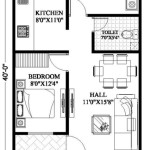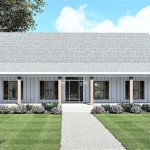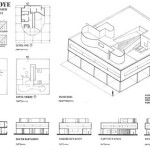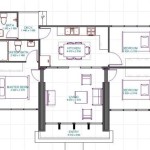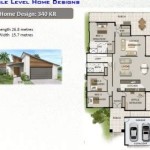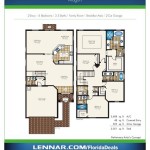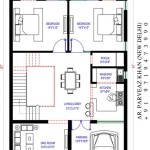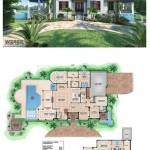Essential Aspects of Earth Sheltered Home Plans Designs
Earth-sheltered homes are becoming increasingly popular due to their energy efficiency, durability, and unique aesthetic appeal. These homes are partially or fully covered with earth, which provides excellent insulation and protection from the elements. If you're considering building an earth-sheltered home, here are some essential aspects to consider:
Site Selection
The site you choose will significantly impact your home's design and performance. Look for a site with good drainage, stable soil conditions, and minimal slope. Avoid areas prone to flooding or earthquakes.
Orientation and Design
The orientation of your home should maximize sunlight exposure for passive solar heating. Consider the sun's path and how it will affect the temperature of different areas of your home. The design should also take into account natural ventilation and views.
Envelope Design
The envelope of your home refers to the walls, roof, and foundation. These components must be carefully designed to withstand the weight of the earth covering and provide adequate insulation. Commonly used materials for earth-sheltered homes include concrete, rammed earth, and insulated concrete forms (ICFs).
Earth Covering
The type and depth of earth covering you use will depend on the climate and soil conditions. In colder climates, thicker earth covering is necessary for insulation. Consider using locally sourced soil or vegetation to minimize transportation costs and environmental impact.
Ventilation and Air Quality
Earth-sheltered homes require careful ventilation to prevent moisture buildup and ensure good air quality. Mechanical ventilation systems, such as heat recovery ventilators (HRVs) or energy recovery ventilators (ERVs), are often used to circulate air and control humidity.
Accessibility and Egress
Your home should be accessible to all occupants, including those with disabilities. Provide multiple egress routes, such as windows or doors, in case of an emergency. Consider installing ramps or elevators if necessary.
Energy Efficiency and Sustainability
Earth-sheltered homes are known for their energy efficiency. The earth covering provides excellent insulation, reducing heating and cooling costs. Additionally, consider incorporating sustainable features such as solar panels, geothermal heating, and water conservation systems into your design.
Cost Considerations
Building an earth-sheltered home can be more expensive than a conventional home. However, the long-term savings on energy costs can offset the initial investment. Factors that can affect the cost include the size of the home, the materials used, and the complexity of the design.
In conclusion, earth-sheltered home plans designs offer a unique and sustainable approach to building. By carefully considering the essential aspects outlined above, you can create a comfortable, energy-efficient, and environmentally friendly home that will provide comfort and protection for years to come.

House Plan 10416 Earth Sheltered Style With 3427 Sq Ft 3 Bed

Earth Sheltered Passive Home Plan

Earth Sheltered Plans And Bermed Homes

Davis Caves Earth Sheltered Home Underground House Plans Homes

Earth Sheltered Plans And Bermed Homes

Earth Sheltered Passive Home Plan

Earth Bermed Natural House Plan

Earth Sheltered Atrium Home Plan House Underground Homes

Earth Sheltered House Plans Natural Building Blog

Davis Caves Earth Sheltered Home

